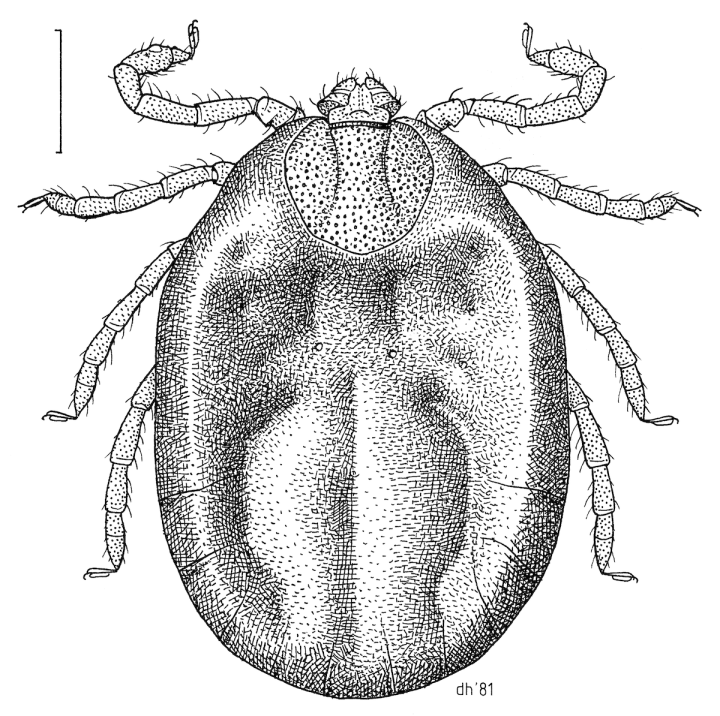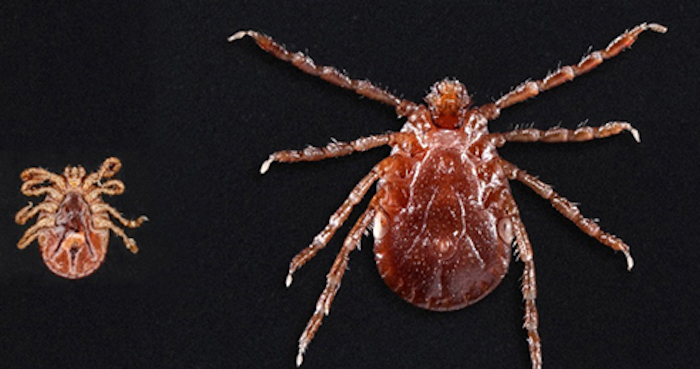Be On The Lookout, A New Type Of Tick Has Been Spotted In New Jersey
New Jersey is one of the world’s hubs for travel, with countless visitors coming in and out every year, and not all of them are human. Invasive species are common in the Garden State, and wildlife authorities are always on the lookout for potentially harmful species. Many are harmless, like the camel cricket. However, some invasive species can bring with them diseases or danger for other species. When an invasive species is deemed to be harmful, authorities work to contain the population. That’s why when word first got out of the Asian Longhorned Tick in New Jersey, authorities sprang into action. Here’s everything you need to know about this new species of tick that has made its way into our borders, and whether it’s a threat to people or animals.






Are you keeping an eye out for the Asian Longhorned Tick in New Jersey? Feel free to reach out and let us know if you’ve spotted this new invasive species or any other unusual animals you might have seen around the state. If you want to know more about federal guidance on this invasive species of tick, you can check the official government website regarding the long-horned tick. For a more controlled way to meet some unexpected New Jersey residents, check out this unique animal sanctuary.
Spend The Day With Hybrid Wolves At Howling Woods Farm In Jackson, New Jersey
OnlyInYourState may earn compensation through affiliate links in this article. As an Amazon Associate, we earn from qualifying purchases.
More to Explore
Ticks In New Jersey
Are there ticks in New Jersey?
Yes, there are ticks in New Jersey. The most common species of tick in New Jersey are:
- The Blacklegged Tick, also know as the deer tick.
- The Lone Star Tick
- The American Dog Tick
Here’s how to identify each one of these ticks to watch out for in New Jersey:
- The female blacklegged tick, or deer tick, has a tear-drop shaped body and reddish orange abdomen. The male Blacklegged Tick is smaller but similarly shaped and black. The blacklegged tick nymph is tear-drop shaped and dark brown to black.
- The female lone star tick is more round than the blacklegged tick, and has a single white spot in the center of its body. The male lone star tick is also round with a uniform brown chestnut color. The lone star tick nymph is light brown in color and round.
- The female American dog tick is oblong, and has white markings on its dorsal shield with a dark brown abdomen. The male American dog tick has white markings over its entire body, which is dark brown. The American dog tick nymph is oblong and completely dark brown in color with no markings.
Where are ticks found in New Jersey?
Ticks are most commonly found in suburban and rural areas of New Jersey. They are found throughout the Garden State. For the most part they are found in wooded areas, on grasses, bushes, and plants, and often along hiking trails through the woods and in tall grass on roadsides.
What diseases can New Jersey ticks transmit?
The diseases that New Jersey ticks can transmit are:
- Lyme disease (blacklegged ticks)
- Anaplasmosis (blacklegged ticks)
- Babesiosis (blacklegged ticks)
- Ehrlichiosis (lone star ticks)
- Rocky Mountain Spotted Fever (American dog ticks)
- Powassun virus (blacklegged ticks)




